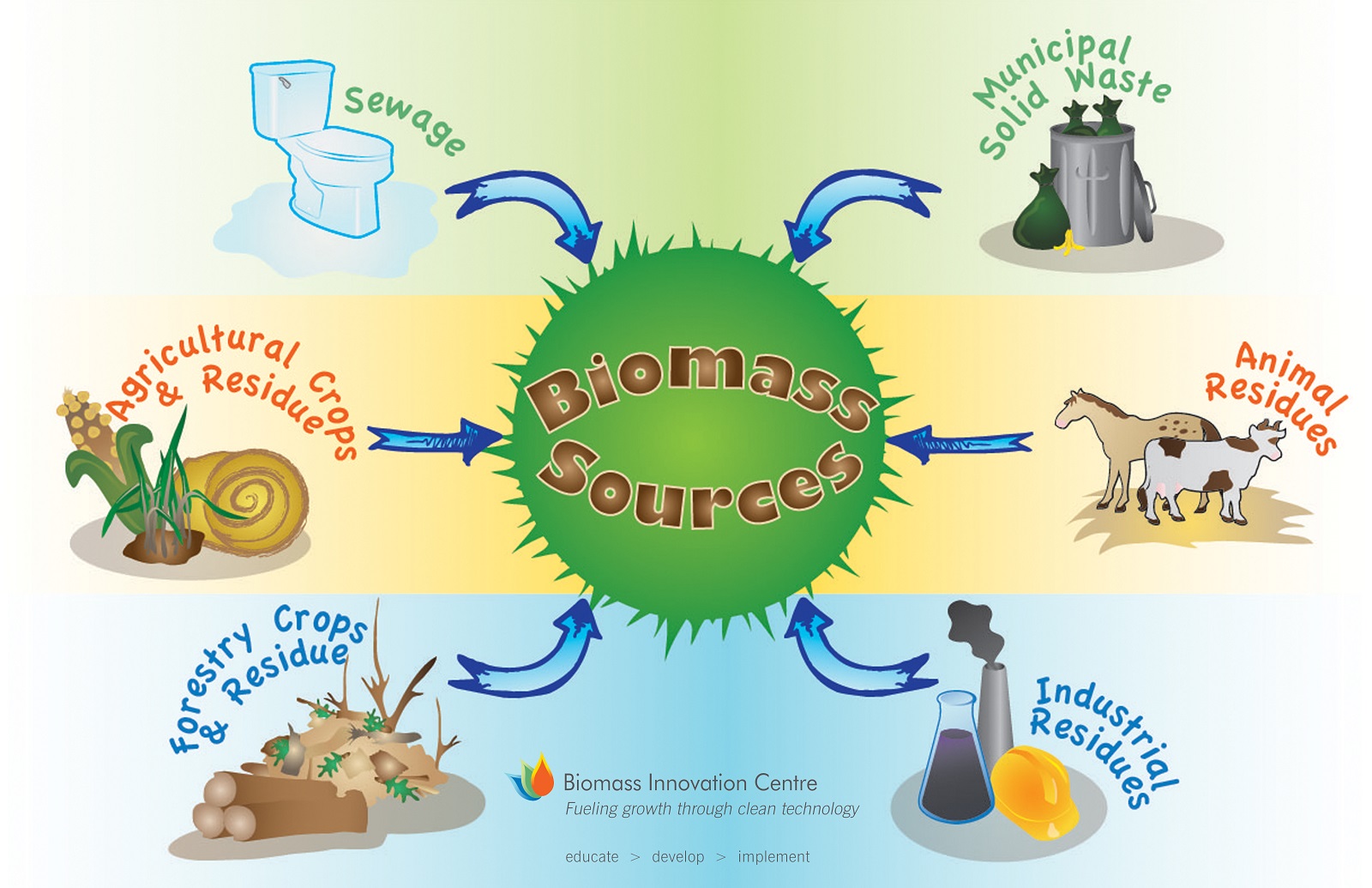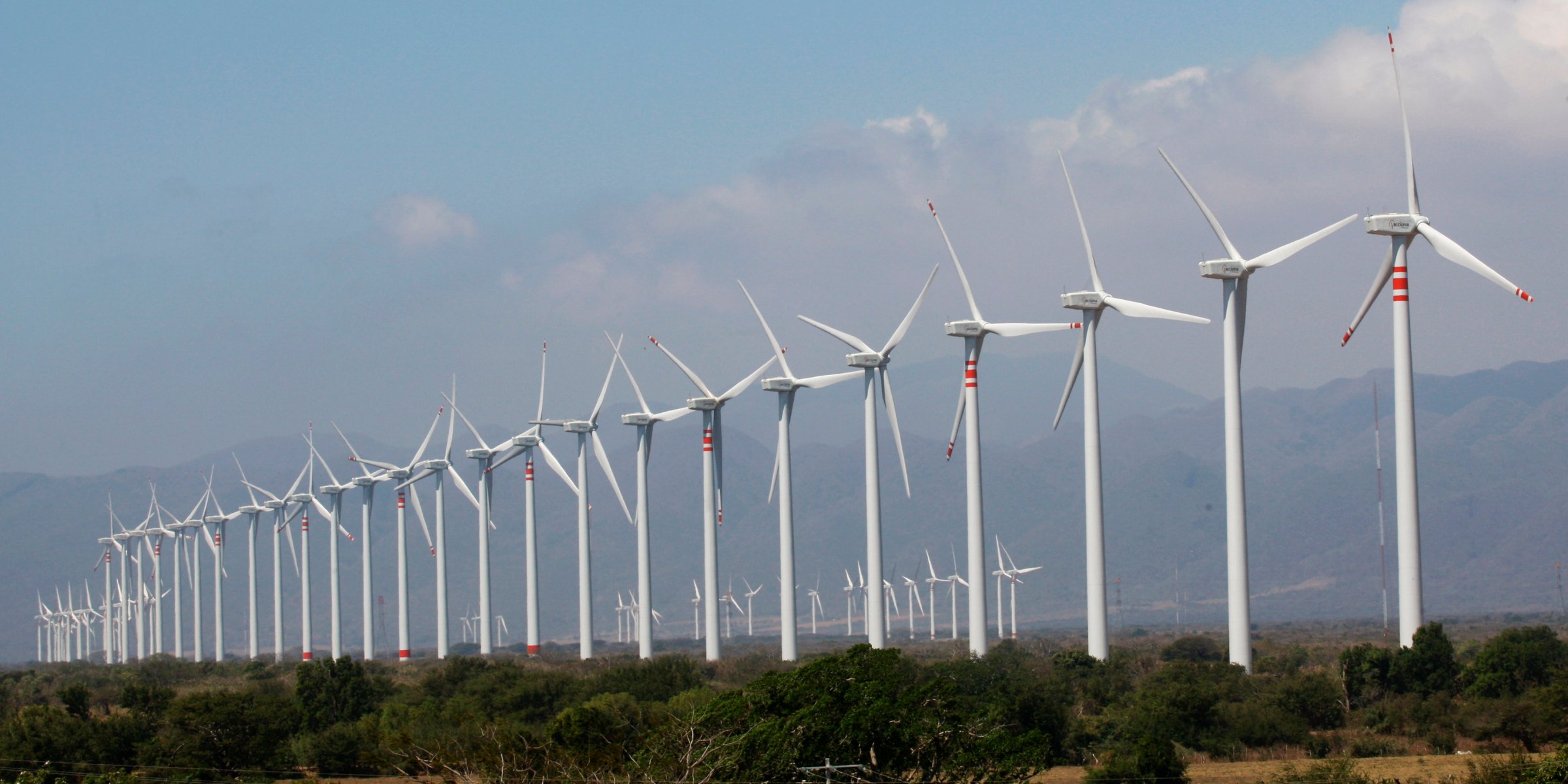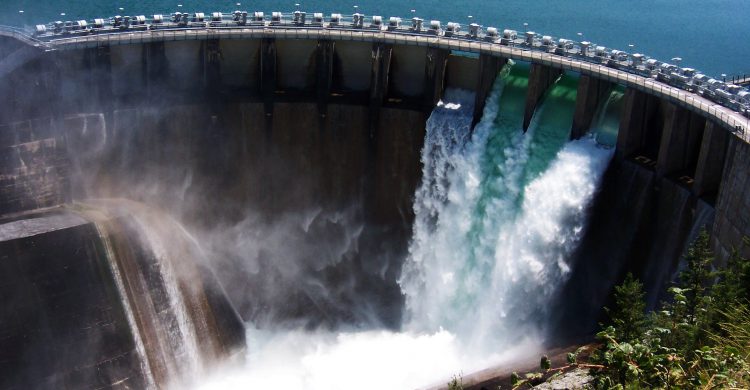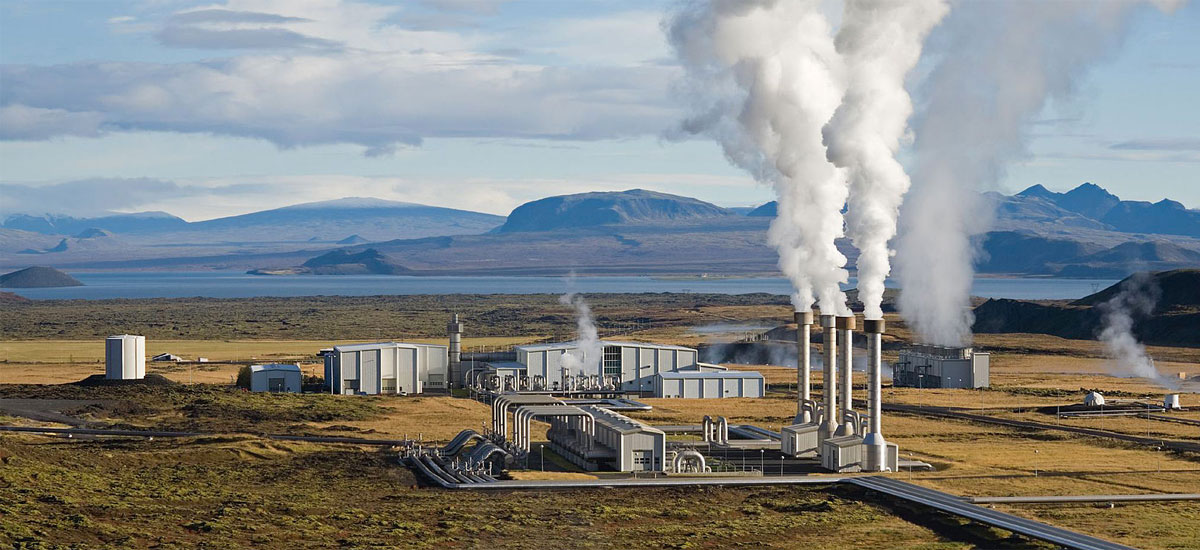Renewable energy is starting to become more and more vital issue in today’s world. Aside from the increasing price of fossil fuels as well as the risk of Global Warming, there has been positive advancements on this industry that include enhancements in efficiency and also reducing costs.
Solar power (aka. photovoltaics) is among the most widely used, and fastest-growing, sources of renewable power. Then again, one must always remember that there are more types of renewable energy apart from the solar power – biomass, wind, hydroelectric, and geothermal power – and that each one has its own share of advantages and disadvantages.
Biomass:

The most common type of renewable energy is biomass. Biomass simply refers back to the use of organic and natural materials and then transforming them into some other forms of energy which could be utilized. Even though some forms of biomass have already been utilized for hundreds of years – like burning wood – other, more recent methods, are centered on methods which don’t generate carbon dioxide.
Biomass is renewable source of power since we could generate it so long as crops, plants as well as waste are available. It doesn’t produce any greenhouse gases and is can be simply produced via the process of combustion. One more advantage of biomass is that it will help to minimize landfills. Biomass is fairly ineffective compared to fossil fuels. But fossil fuels discharge methane gases which could be damaging to the natural environment.
Wind Power:

Wind power has been utilized for many thousands of years to drive sails, power windmills, or even to produce pressure for water pumps. Using the wind to produce electricity has long been the topic of research ever since the late 1800s. Nevertheless, it was just with great efforts to discover alternative sources of power in the twentieth century that wind power has started to become the point of interest for major research and development.
In comparison to other forms of renewable energy, wind power is regarded as very dependable and steady, as wind is constant from year upon year and doesn’t fade throughout the peak hours of demand. At the start, the building of wind farms was an expensive venture. However because of latest advancements, wind power has started to set best costs in wholesale energy markets around the world and cut into the profits and revenue of the fossil fuel sector.
Hydroelectric Energy:

Solar energy is generated by sun and wind energy is generated by flowing of winds. Both sun and wind make water to evaporate. The water vapor then becomes rain or snow and moves right down to ocean or seas via streams or rivers. The power of the flowing water could then be harnessed and referred to as hydroelectric power. Hydroelectric power stations take the kinetic energy of flowing water and provide mechanical energy to turbines. The turning turbines then transform mechanical energy directly into electrical energy via power generators. Dams all over the world have been designed for this sole purpose. Hydropower is the biggest supplier of alternative energy across the world.
Hydropower is renewable, continuous, predictable and manageable resource of energy. They give off no greenhouse gases and they are environmentally friendly. In the negative side, they might contribute to negative effect on marine life, minimize flow of water that might affect agriculture, demand large costs to construct and could cause destruction when they get breakdown.
Geothermal Energy:

Geothermal energy is the energy drawn or harnessed coming from underneath the earth. It’s totally clean and renewable. Geothermal energy has long been in used for many years. Our planet has a molten rock known as magma. Heat is constantly generated from there. The temperature raises around 3 degrees Celsius, for each 100 meters you go down below ground. Underneath, 10,000 meters the temperature is really at high point, that it could be utilized to boil normal water. Water can make its way very deep down the earth and very hot rock boils that water. The boiling water well then generates steam that’s harnessed by geothermal heat pumps. The steam spins the turbines which will activates power generators.
